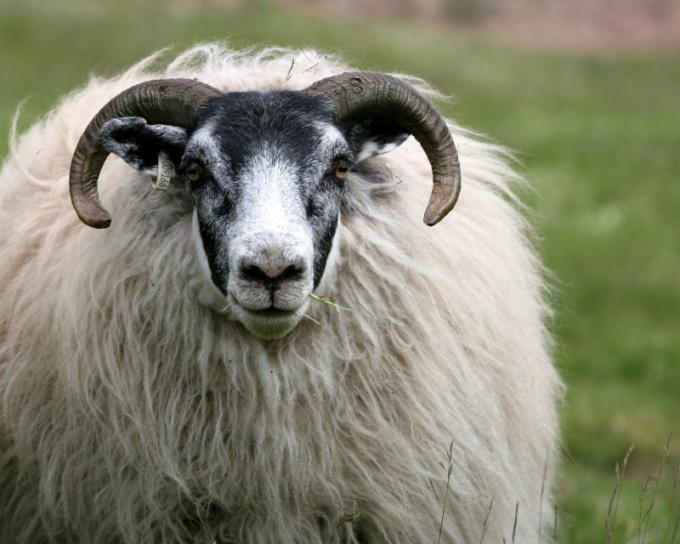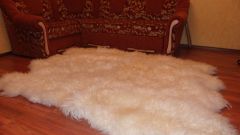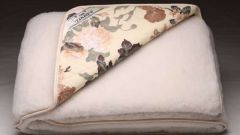You will need
- - capacity
- - water
- - a means for washing dishes
- - comb with a fine tooth
- - wooden comb
- mesh-gauze
Instruction
1
Prepare the sheep to washing. Purify it from the traces of the stigma clinging seeds and other debris. Separate trimming matted and contaminated lumps. Put the hair on the bottom of the bucket or basin. In very hot water, dissolve a special powder for washing hair or for washing dishes. Carefully pour the resulting solution of wool.
2
Leave the sheepskin in water for half an hour. In any case, do not disturb and do not wring it, just gently immerse the wand pop up the fragments under water. Drain the dirty water. Repeat the process two or three times. When you flood coat the last time, do not drain the water after half an hour of exposure, and remove it from the water.
3
It is important to wash a sheepskin, it is in hot water because of various influences exerted on the fiber when washing, the temperature (there is no spin, friction, mixing). The hot water will help dissolve the hairs enveloping the wax and will not give fur matted. Since the change of water takes half an hour, and she did not have time to fully cool down, pouring sheepskin fresh soap solution does not lead to thermal stress and, consequently, knocking wool.
4
Rinse the lambskin. Soak it in hot clean water and begin to gently raise and then lower, but not reap. After rinsing put the wool fiber on the lattice. When all the water has drained, put it for drying on a mesh-gauze. Pick a coat layer of uniform thickness of about one and a half inches.
5
Provide access of air to spread out the wool on all sides. It is recommended to carry out the drying in the sun, but it may be drying in the room.
6
Unravel the fibers, tangled in the wash process. First apply a coat of wood wide comb, then comb with a comb with fine teeth. Machine combing sheep repeated that the fibers lay parallel to each other, and wool became homogeneous, and turned into so-called rovings.



